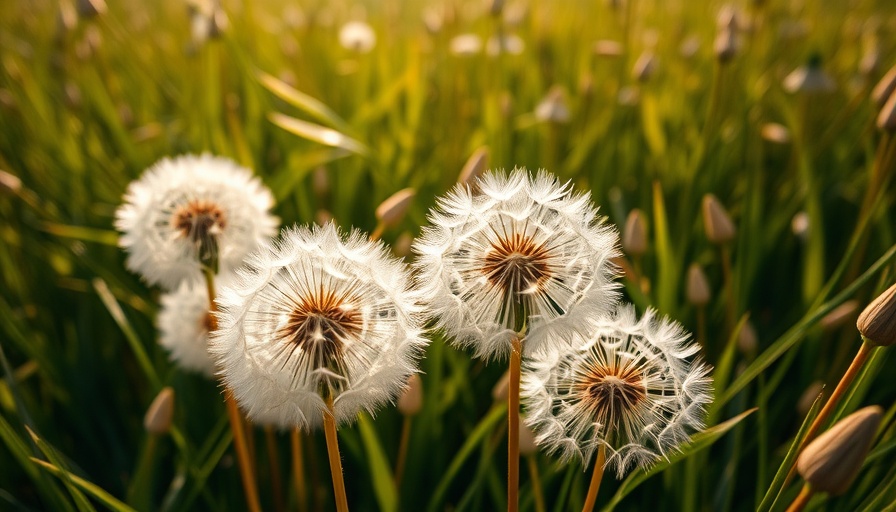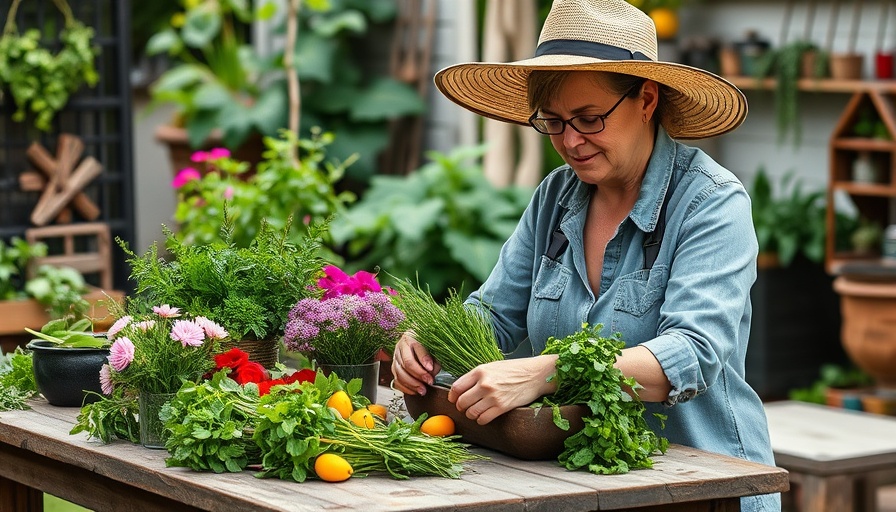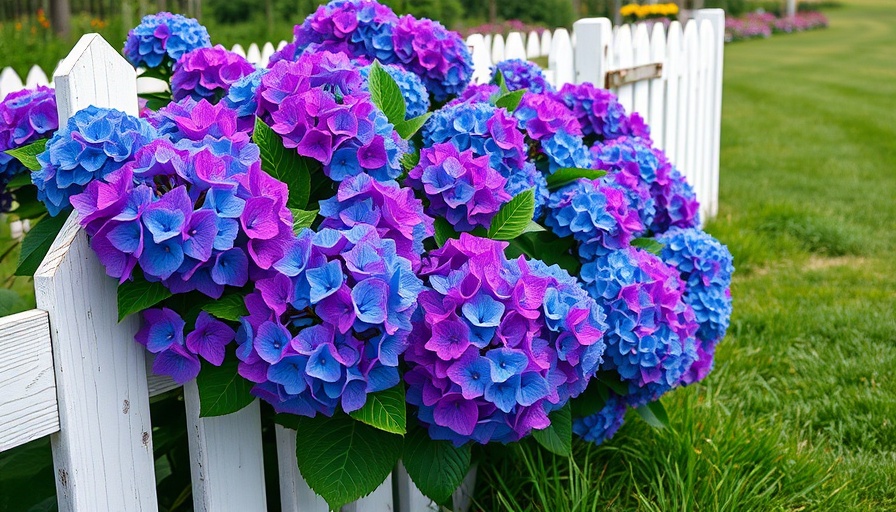
Identifying Invasive Plants in Your Yard
For homeowners in Folsom and El Dorado Hills, understanding which invasive plants to avoid is essential for maintaining a healthy and beautiful yard. Invasive species can quickly take over and damage the overall ecosystem of your garden, leading to unnecessary maintenance and costs.
Why Invasive Plants Are a Problem
Invasive plants, such as poison ivy and dandelions, spread aggressively, often outcompeting native species for resources. Poison ivy, with its notorious sap causing itchy rashes, spreads through both underground runners and seeds. On the other hand, dandelions are known for their pretty yellow flowers but can quickly turn into nuisances when their fluffy seed heads disperse across your lawn.
Recognizing Common Invasive Species
Other notorious invaders like creeping Charlie and wild violets can also cause challenges. Creeping Charlie is known for its ability to thrive in both sun and shade, forming a dense ground cover that can suffocate your other plants. Wild violets, while lovely in wildflower gardens, remain a problem when they self-seed excessively in maintained lawns.
Effective Removal Strategies
To combat these invasive threats, consider a phased approach. Remove poison ivy by wearing protective clothing and using herbicides that specifically target this sneaky invader. For dandelions, hand tools such as a forked weeder can effectively uproot them, while broadleaf herbicides work best for a larger outbreak. Removing these invasive plants allows native flora to thrive, enhancing your garden’s beauty.
Creating a Thriving Garden
Homeowners should focus on integrating non-invasive plants into their gardens. By promoting biodiversity, you can create a resilient ecosystem that not only looks good but also supports local wildlife. Native plants require less maintenance and are better adapted to the local environment, ultimately promoting a sustainable garden. This is crucial for homeowners who appreciate the DIY ethic but rely on professionals for repairs and large tasks.
Take Action for a Healthier Yard
By identifying and managing invasive plants, you can significantly improve your yard's aesthetics and health. For practical help, consider consulting with local gardening experts who can provide personalized advice and assistance in implementing the necessary changes. Protect your garden, and it will reward you with beauty for years to come.
 Add Row
Add Row  Add
Add 




Write A Comment